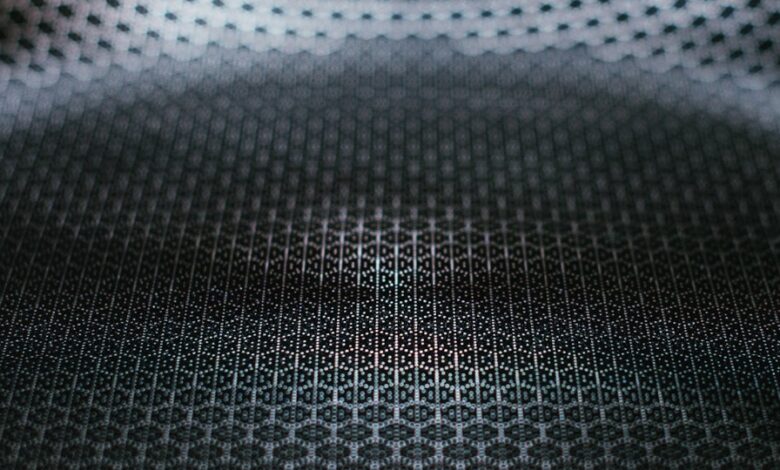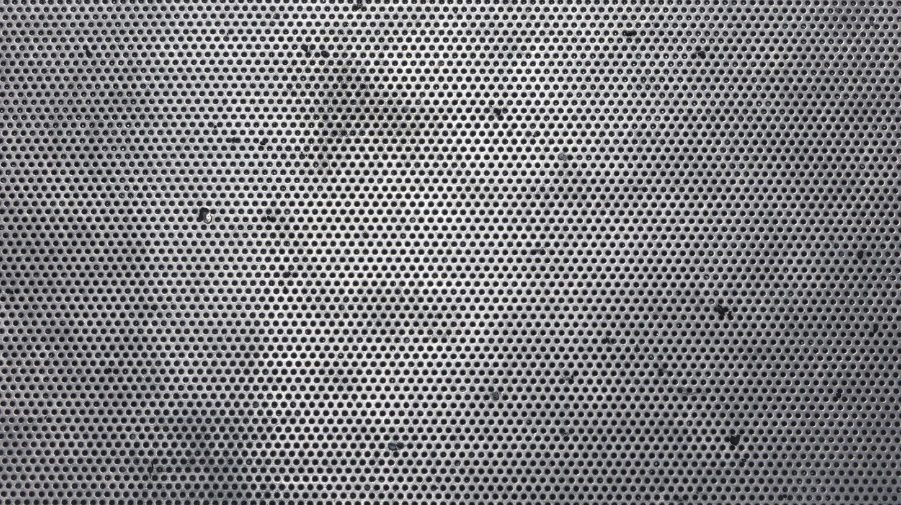7 Benefits Of Carbon Pre-Filters


Filtration systems utilize a multi-stage approach to achieve maximum contaminant removal efficiency. Upstream components play a vital preprocessing role by targeting coarse threats that could otherwise overwhelm downstream filters.
Carbon pre-filters are a versatile example designed to condition incoming fluid or air streams before they reach high-performance particulate or molecular traps. Pre-filters safeguard sensitive components through physical and chemical mechanisms and enhance the overall purification process.
This guide explores seven critical benefits of carbon pre-filters in HVAC and portable air purification applications and how their use results in cleaner, healthier spaces and cost savings over time.
Pexels.com
- Prolongs Lifespan of HEPA Filters
Notably, HEPA filters effectively capture even the smallest airborne particles. However, their intricate construction results in a limited capacity for larger debris before clogging. This gives HEPA filters a relatively short lifespan under regular use, requiring frequent replacements.
Thus, carbon pre-filters resolve this issue. Their looser media traps larger particles upstream, keeping delicate HEPA fibers clear of obstructions. This simple pre-filtration step dramatically extends HEPA service periods.
Not only does this represent significant cost savings versus regular disposable replacements, but it also reduces environmental impact through less waste. Carbon pre-filters maximize HEPA performance and lifespan by preconditioning incoming air, proving indispensable for sustainable high-efficiency particulate air purification. Partnering a pre-filter with a HEPA yields significant benefits versus reliance on HEPA filters alone.
- Odor Elimination
Likewise, carbon pre-filters effectively address unpleasant indoor smells. During the frontline filtration stage, they trap odorous molecules before circulating elsewhere.
Pre-filters contain a highly porous activated carbon substrate with a vast internal surface area. This extensive structure acts like a natural odor magnet, attracting and holding smelly compounds within its porous network on contact.
Pre-filters deliver fresh, neutralized air throughout the home or building by removing odors at the source. Downstream filters or occupied spaces no longer need to contend with particulate and odor challenges.
Instead, later stages can dedicate maximum efforts to their specialized functions, secure in the knowledge that pretreatment has already controlled problematic smells. This enhances overall air quality while simplifying subsequent filtration tasks.
Pexels.com
- VOC Removal
Moreover, carbon pre-filters effectively capture volatile organic compounds (VOCs) from indoor air. These common gaseous pollutants off-gas from materials and pose health risks when inhaled.
Through adsorption, pre-filter carbon strongly attracts VOCs on a molecular level. This process extracts these hazardous chemicals before they spread.
Thus, downstream stages are protected from VOCs competing for binding sites. Meanwhile, occupants experience significantly reduced daily inhalation of dangerous airborne chemicals compared to relying on filtration after the fact.
So, targeted VOC control delivers cleaner, healthier indoor environments secure in the knowledge that pretreatment has neutralized toxic airborne molecules at their source. This protects both equipment and well-being.
- Customizable
Additionally, carbon pre-filters accommodate diverse purification needs through tailored formulations. Variable mesh sizes allow the separation of specific particle ranges.
Formulations utilizing different carbon compositions and densities optimize the targeting of particles and chemicals. Additional material infusions expand pre-filter capture abilities.
Even physical structures like folded media or loose granules vary to maximize contaminant interactions based on application.
This flexibility allows specification according to fluid types and primary threats. Industries, HVAC, and portable devices all benefit from appropriately customized pre-filters.
Therefore, customization empowers solutions tailored to flow rates and profiles, streamlining removal effectiveness. It also increases value through optimized protection of downstream equipment and health. An adequately specified pre-filter provides maximum benefits.


Pexels.com
- Environmental Sustainability
Arguably, carbon pre-filters offer significant ecological advantages. By capturing most contaminants, they enable downstream filters to last 2-4 times longer than without pre-filtration.
This significantly reduces the plastic, fiber, and carbon waste generated yearly from regular replacement cycles. Some pre-filter designs also incorporate reusable materials. Pairing durable pre-filters with renewable energy provides a sustainable purification package, minimizing long-term environmental footprint.
In addition, fewer filter purchases and disposals also translate to lower operating costs. Resources are efficiently optimized through the primary pretreatment step.
Overall, strategic pre-filtration exemplifies an integrated solution promoting financial viability and natural stewardship. Upfront costs yield ongoing social and environmental returns.
- Removes Sediment and Dirt
Mainly, carbon pre-filters provide effective frontline filtration of coarse contaminants in water systems. Particulates such as silt, rust, food residues, and fibers present challenges if not removed upstream.
However, pre-filters are designed to trap these large micro-solids (5-30+ microns) through a depth-loading sieving process. By satisfying particulate demand at the outset, pre-filters protect downstream RO, UF, and resin stages from premature blinding.
This primary settling function extends component lifespan across industrial and residential applications alike. Clean pretreatment results in optimized purification with lower overall costs. By neutralizing coarse threats at the source, pre-filters ensure purification success.


Pixabay.com
- Versatility in Applications
Furthermore, carbon pre-filters see extensive use across multiple industries due to their adaptability in removing particulates and gasses.
In air purification, they provide essential preprocessing for indoor HVAC systems, hospitals, and portable purifiers. Water filtration employs pre-filters to treat municipal supplies, establishing a settling layer.
Also, oil and gas utilize pre-filters for fluid storage and dehydration. Manufacturing relies on them for particulate control in airlines and machinery preservation. Even pharmaceutical and lab processes use pre-filters to maintain sterile environments and instrumentation uptime.
Pre-filters integrate successfully into fluid streaming and air-flowing treatment systems from industrial to residential contexts. Their versatile designs accommodate diverse purification needs across many applications.
Final Thoughts
Carbon pre-filters represent an affordable and strategic addition to any air filtration strategy. By focusing powerful yet pricier filters on more minor threats, pre-filters provide cleaner, healthier air, lower operating costs, and decreased environmental impact through extended component lifespans. Their versatility and co-benefits make carbon pre-filters indispensable to comprehensive indoor air purification solutions.





